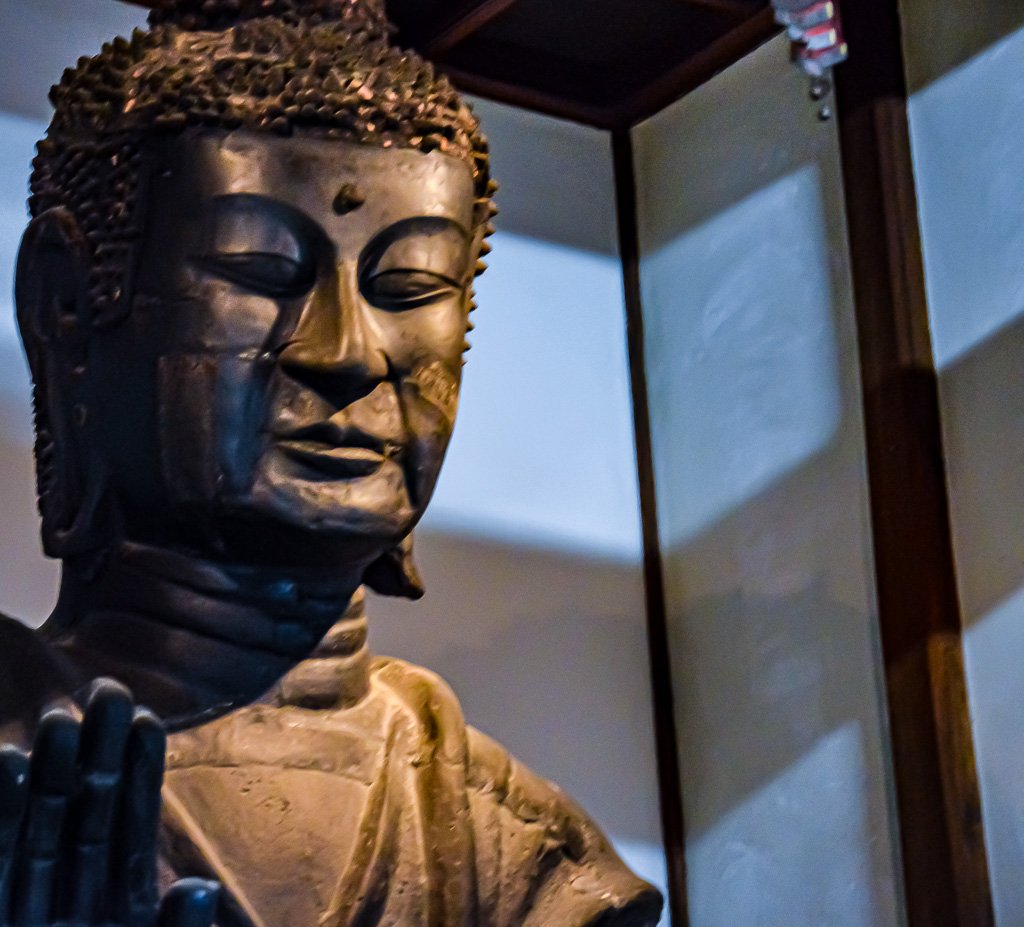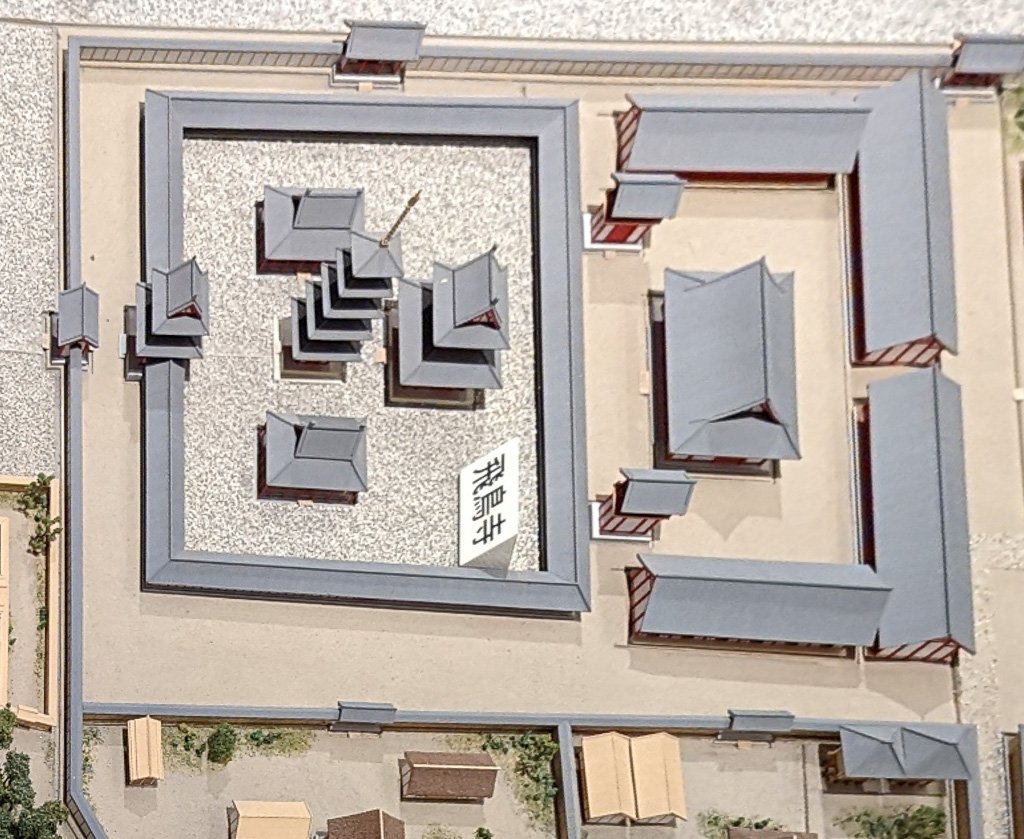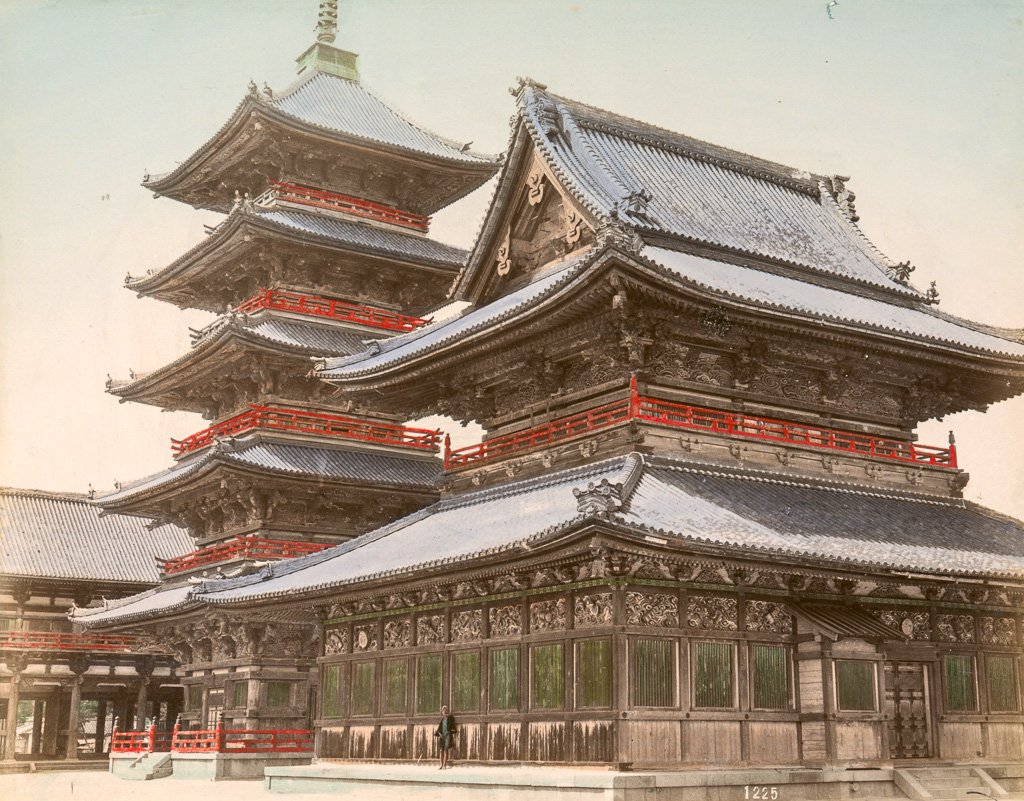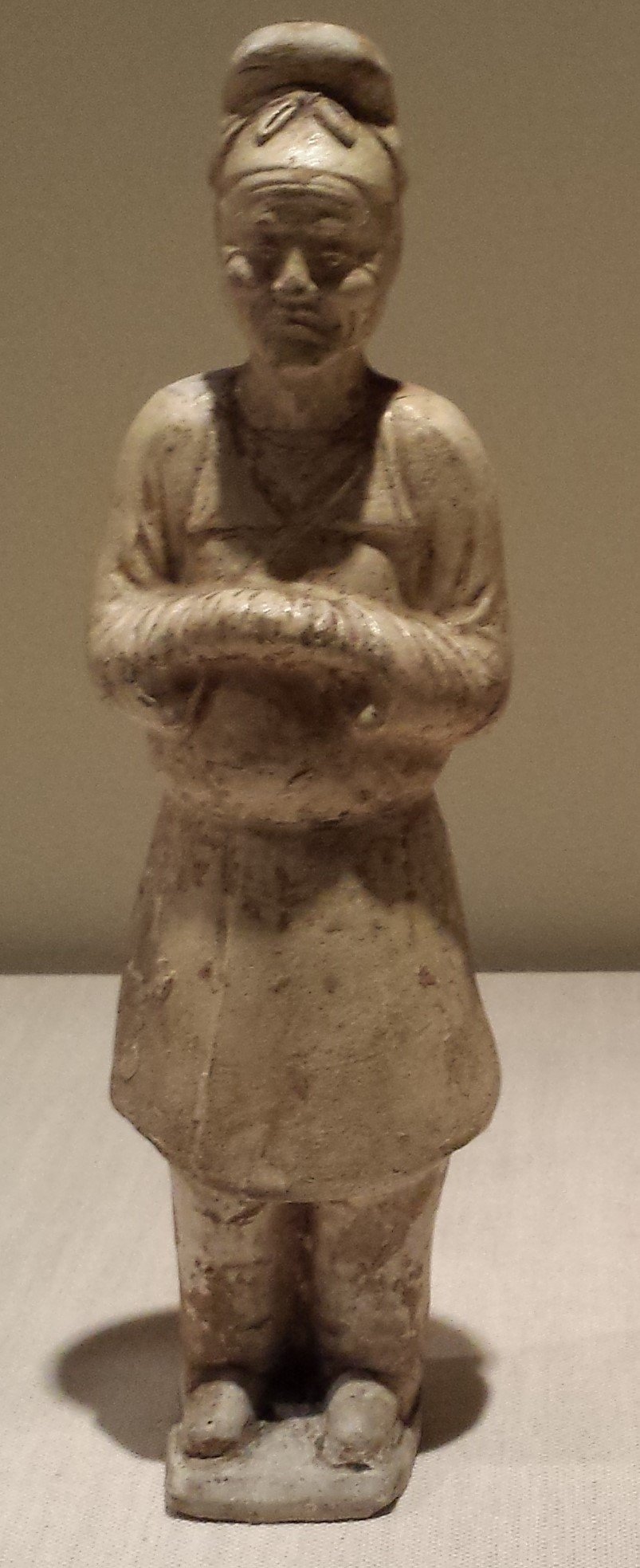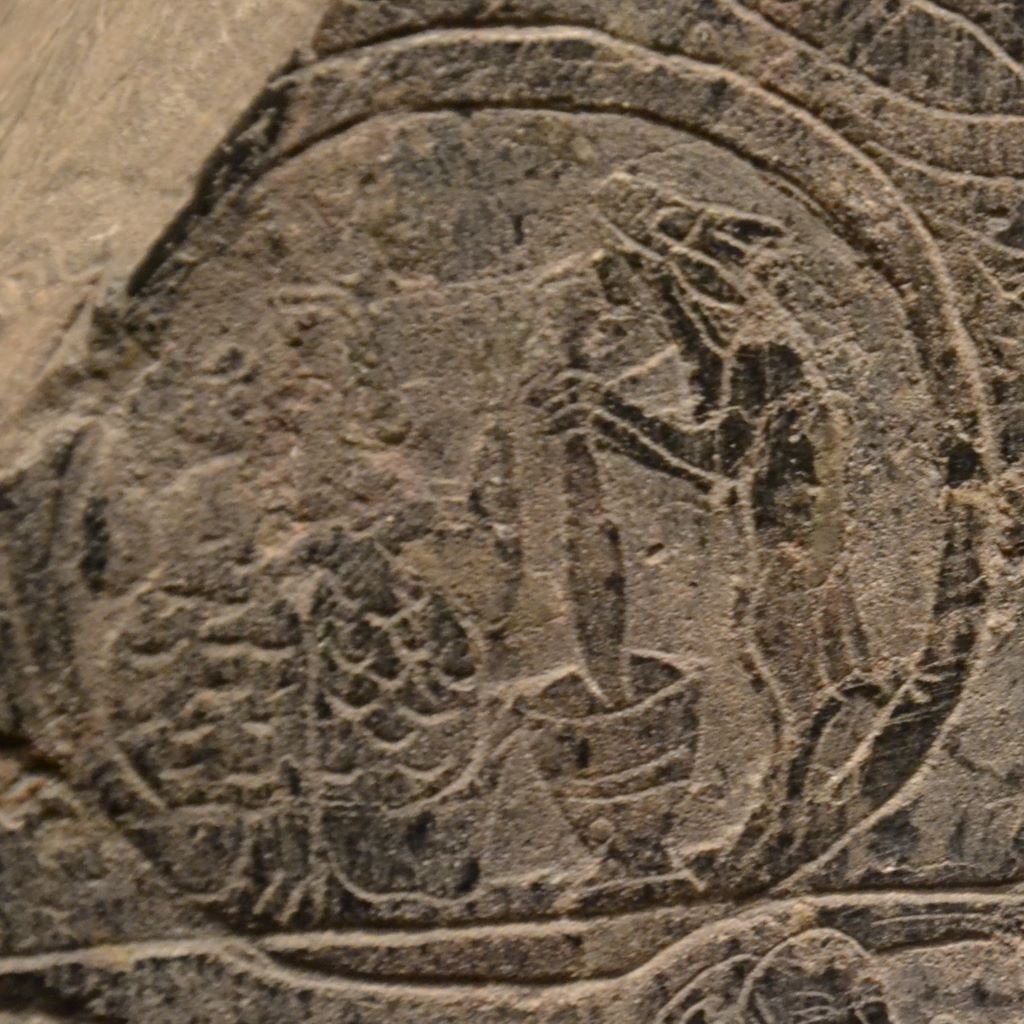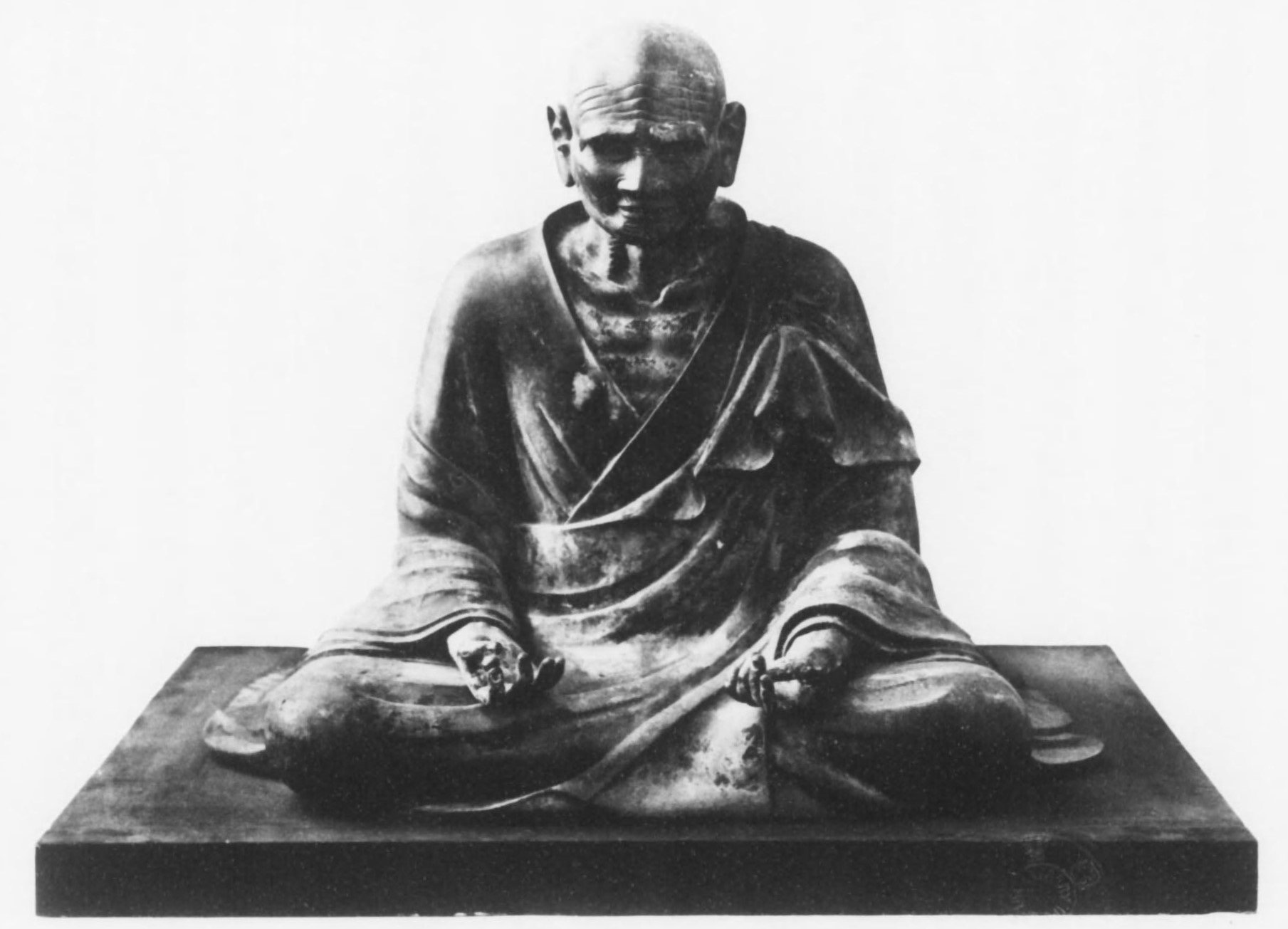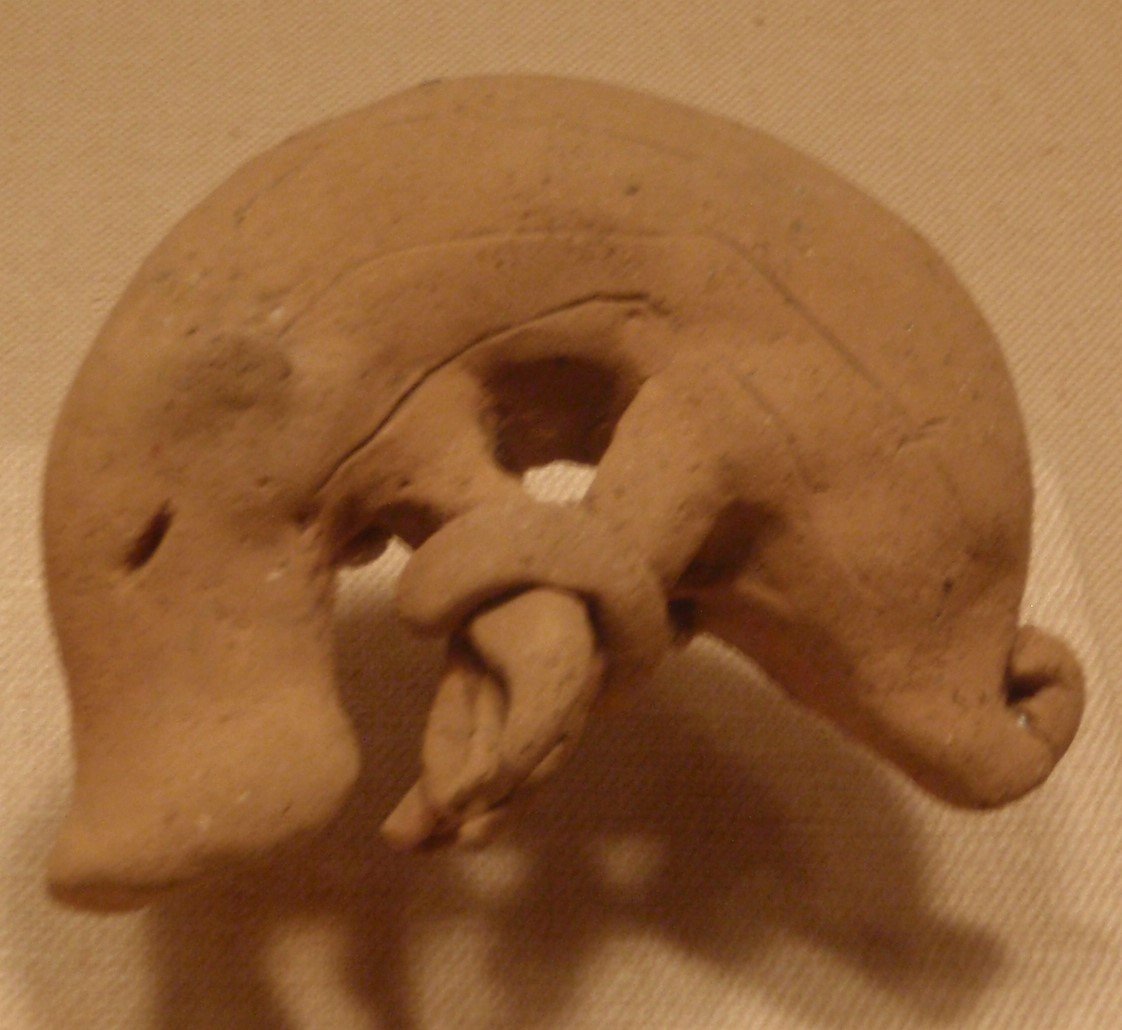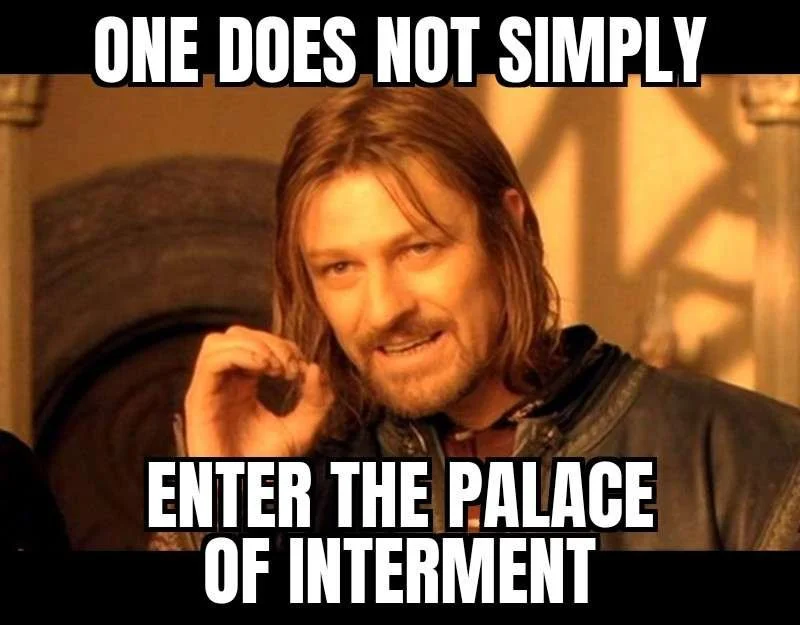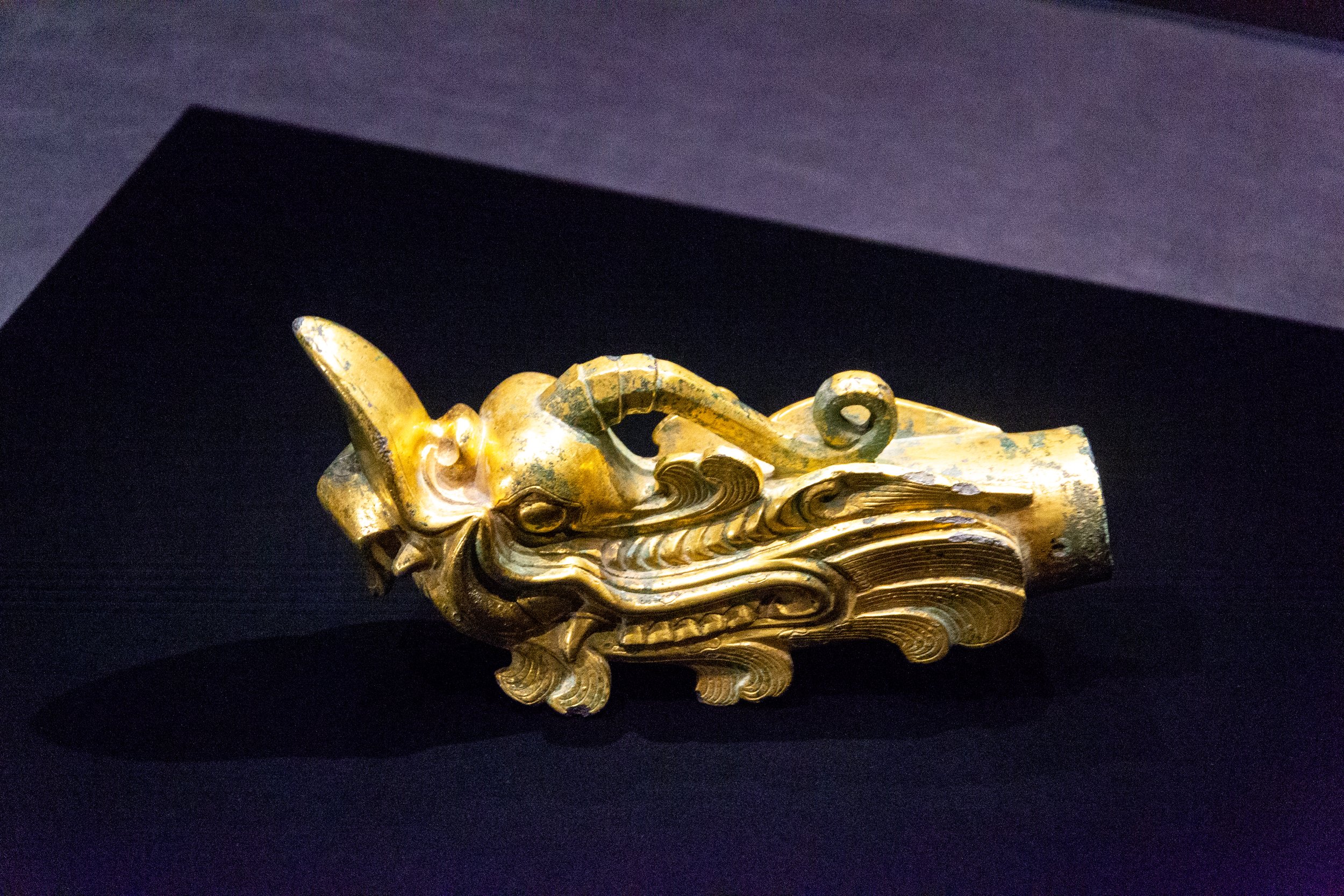Previous Episodes
- October 2024
- September 2024
- August 2024
- July 2024
- June 2024
- May 2024
- April 2024
- March 2024
- February 2024
- January 2024
- December 2023
- November 2023
- October 2023
- September 2023
- August 2023
- July 2023
- June 2023
- May 2023
- April 2023
- March 2023
- February 2023
- January 2023
- December 2022
- November 2022
- October 2022
- September 2022
- August 2022
- July 2022
- June 2022
- May 2022
- April 2022
- March 2022
- February 2022
- January 2022
- December 2021
- November 2021
- October 2021
- September 2021
- August 2021
- July 2021
- June 2021
- May 2021
- April 2021
- March 2021
- February 2021
- January 2021
- December 2020
- November 2020
- October 2020
- September 2020
- August 2020
- July 2020
- June 2020
- May 2020
- April 2020
- March 2020
- February 2020
- January 2020
- December 2019
- November 2019
- October 2019
- September 2019
This episode we start to look at some of the earliest temples, with recorded dates in the Nihon Shoki. Specifically we are going to look at Asukadera and a little bit at Shitennōji.
Painting of Asukadera as it may have looked in the Asuka period, as found on a dedicatory board at the modern Asukadera. It shows the layout of the pagoda and halls and the lecture hall in the rear.
Colorized photo of Shitennōji from before the typhoon that destroyed the main pagoda, requiring it to be rebuilt. This view is looking from the northeast corner, behind the image hall and out towards the central gate.
-
Welcome to Sengoku Daimyo’s Chronicles of Japan. My name is Joshua and this is episode 97: Asukadera and Shitennouji.
First off, quick shout out to Craig for supporting us on Ko-Fi.com. We’ll have more information on how you can help support the show at the end of the episode.
To recap so far, we are still in the reign of Kashikiya Hime, aka Suiko Tennou, in the 6th and early 7th centuries—though for this episode we are going to step back a little bit as much of this has origins in the 6th century, looking at the early spread of Buddhism and the founding of some of the first permanent temple complexes—specifically Asukadera in, well, Asuka, and Shitennouji in the area of modern Ohosaka.
As we’ve seen, Yamato was in the process of importing various things from the mainland—both material culture and immaterial things as well, including philosophy and religion. By religion, of course, we are talking about Buddhism, which we’ve already covered to some extent in Episodes 85 and 88, but let’s go over a little bit of the history, shall we, and catch up with what has been happening since.
Buddhism had likely been coming over to the archipelago since the arrival of Buddhist immigrants from Baekje and elsewhere, though their religion is not much discussed. After all, the Nihon Shoki is focused largely on the Yamato royal family and the court, and so other than groups of immigrants beings settled and possibly organized into family groups, there wasn’t much call to look into their day to day practices.
It is also difficult to know just how far Buddhism had penetrated into the lower ranks of society on the continent, as well. Certainly the courts had adopted Buddhism, but to what extent it was part of the daily lives of the common person, I don’t know that I could say with any certainty. Still, we can imagine that there were likely those who came over to the archipelago with an extant belief in the Buddha and some inkling of the rites and other aspects of Buddhist worship. Did they set up small temples in their villages? Or convert a house into a shrine? Or did they just keep private practice and worship? We don’t know, and as far as I’ve come across we don’t seem to have any conclusive evidence via the archaeological record, either. And so we are left with the written record and what it has to say on the subject.
The Nihon Shoki notes the first official mention of Buddhism in the archipelago as the arrival of a Buddhist statue from Baekje. The official record puts this in the year 552, in the reign of Amekunioshi, aka Kinmei Tennou, and credits Soga no Iname with taking and building the first temple and setting up the first temple by repurposing his own house—or at least some part of his property. Other families, however, opposed the Soga’s attempts at bringing in and establishing this new religion and ultimately ended up destroying that first temple, tossing the image into the river.
This whole thing repeated itself in 584, about 32 years later—Silla had given Yamato a Buddhist image in 579, and then an image of Miroku, aka Maitreya, and an image of the Buddha, aka Shakyamuni, were both found. Soga no Umako, Iname’s son and successor to his role as Oho-omi, took the two images and had a temple once again built, importing specialists and setting up three nuns to attend to the appropriate rituals. Once again, the Soga’s opponents, led by the powerful Mononobe family, cried foul and had the temple destroyed and the nuns stripped of their robes.
There are a few things about this account that are more than a bit sus, however. First, there is mention of that first Buddha image in both the Joguki, the record of the life of Prince Shotoku Taishi, as well as a record from Gangoji Garan Engi, a record from Gangoji temple—which is to say Asukadera, one of the temples we’ll be talking about, today. In those records we find a different date for the first Buddha image, with its arrival coming in 538, not 552. That would have put its arrival a year before Amekunioshi, aka Kinmei Tennou, took the throne. It is also rather interesting at just how much the two stories parallel each other, and one has to wonder if they were really two separate stories or if they were one story that got attributed to different members of the Soga family, for some reason. It is also possible that they are different stories, but with similar elements that got conflated across each other. Or it really was a matter of déjà vu, with the experience of Soga no Umako paralleling that of his father, Iname. We also cannot discount some massaging of the text. For one thing, they put it in the reign of Amekunioshi, who had a different maternal line than his previous two successors and elder half-brothers. There may have been political reasons to keep the stories as they were and, hopefully, keep the story relatively tidy.
Regardless of why, the implication seems clear that by 585 there were people in Yamato with some knowledge of Buddhism, as well as the necessary artisans and craftspeople to create a continental style temple complex.
In the following years, the fight between the Soga and the Mononobe escalated with the death of sovereign and the ensuing succession dispute. The Mononobe and their candidate, Prince Anahobe, were destroyed by forces in league with the Soga family. During that conflict, which we covered in Episodes 90 and 91, there was a point where both Soga no Umako and his nephew, the young Prince Umayado, each prayed to the Buddha for victory, promising to erect a temple if they succeeded. Indeed, they did succeed, and based on their vows, two temples were eventually created.
The first temple is known as Asukadera, or the Temple of Asuka, although it also is known by its official name of Hokoji, and later Gangoji. Construction of Hokoji started in 588, and is attributed to Soga no Umako.
The second temple is Shitennoji, or the Temple of the Four Heavenly Kings. We’ll talk about them a bit more, later, but the Four Heavenly Kings are four gods, who appear to pre-date Buddhism, who were co-opted into the Buddhist pantheon as protectors of Buddhism, each one representing a cardinal direction. Shitennouji’s traditional founding is given to us as 593.
Both of these temples still exist, in one form or another. If you go to Asuka, today, you can find a small Asukadera on the site of the previous temple, but it is much reduced from its original form. When it was built, Asukadera would have been at the center of the political heartland of Yamato. It was the land of the Soga, but also the location of the palace of Kashikiya Hime, and it likely rivaled her palace for pride of place in Asuka. However, when the capital eventually moved away from Asuka—first to nearby Kashihara, but then across the Nara basin to Heijo-kyo, modern Nara city—the temple buildings were removed to Nara, to modern day Gankouji, though the site of Houkouji continued to be used as a small, local temple.
The modern temple in Asuka does have a Buddha statue, however, that they believe to have been the original Daibutsu, or Giant Buddha, known as the Asuka Daibutsu. It changed hands many times over the centuries, but has since come back to Asuka, though a little worse for wear.
Shitennouji, on the other hand, is in the heart of modern Ohosaka, in the Tennoji ward. The buildings of Shitennouji have been rebuilt numerous times, although supposedly by the same construction company, one of the oldest businesses in the world, and they remain in their original configuration. Since they’ve been rebuilt, however, this is why you will often hear of another temple, Horyuji, also associated with Prince Shotoku Taishi, as being the oldest temple in Japan, as it has the oldest extant buildings. Make no mistake, however—Asukadera and Shitennouji were founded first, and both still survive in some manner.
These two temples do a lot to help us better understand Buddhism and its influence, but also helps us understand more than that. They help us look into the politics of the time, and even illuminate some of the apparent tensions between different immigrant groups from Baekje and Silla that were becoming more and more prominent in Yamato.
Of the various early temples that were built, Asukadera is perhaps one of the most well-documented, both in the historic record as well as the archaeological evidence. Donald McCallum, in his book, “The Four Great Temples”, notes that serious study of Asukadera began around the Meiji and into the Taisho era, in particular calling out the work of Fukuyama Toshio, published in 1934. Up to that point, it was mostly looking at the histories—both the Nihon Shoki and also works like the Gangouji Engi, the record of Gangouji, the later name for Asukadera. He determined that much of the record, though it claimed to have been written by Shotoku Taishi himself, was actually written later than the Nihon Shoki, based on linguistic analysis. However, there were some sections that appear to be earlier or contemporaneous with the Nihon Shoki, likely pulled from other works, which the Nihon Shoki may have been pulling from as well, including inscriptions on the extant temple buildings at the time. This was determined by things like the grammar and Sinitic characters used, as well as the lack of terms like “Tennou”, which still were not in use until later periods. It is also interesting to note that Shotoku Taishi is referred to in the document by the name “Prince Umayado no Toyotomimi”
Based on that analysis, it seems fairly certain that Soga no Umako was, indeed, largely responsible for donations to build Asukadera, although the Nihon Shoki gives credit to Kashikiya Hime as well. That and certain other features of the Nihon Shoki account were probably added later, possibly at the urging of the Gangouji priests themselves, to stress a stronger connection with the Yamato royal family rather than just Soga no Umako.
The text gives a brief history of Buddhism, which is where we see Buddhism being introduced as early as 538, though it seems to suggest this was still in the reign of Amekunioshi, aka Kinmei Tennou, rather than his predecessors. Soga no Iname is still given much of the credit, though there is a note about Kashikiya Hime also installing a Buddhist icon in her own quarters at one point—something not mentioned in the Nihon Shoki. It does mention the various pro- and anti-Buddhist arguments and steps that the various sides took, including Umako having three nuns ordained and them being eventually defrocked—though without mention of them being whipped, which may have been too much or could be sensationalist additions to the Nihon Shoki text.
One thing that is notably missing in the Gangouji Engi, at least as McCallum summarizes it, is mention of the Mononobe and Soga conflict, and so there is no mention of any special vow that was made to build Asukadera if they were victorious—let alone anything about the vow to build Shitennouji. Instead, it is instigated by the three nuns, who request both a nunnery and a monastery, each with at least 10 ordained nuns or priests, as that was the number required for many of the rites and to ensure proper ordination could take place in the future, thus allowing them to grow the religion. These two temples would need to be close enough so that they could each hear the bells from the other.
Although priests were requested from Baekje, too few came over in response, which is why the nuns themselves were sent over to get a proper ordination. They return in 590 and urge the completion of the two temples—Asukadera and Toyouradera, the latter using the land that was previously Kashikiya Hime’s palace prior to her moving to the Oharida palace site, nearby.
All of that was based on the extant texts, but there were also archaeological excavations that took place in 1956 to 1957, as well as later investigations in and around Asuka Temple and the general area. Even today, excavations in the regions are ongoing, and in a recent visit I saw them excavating nearby palace ruins. Fortunately, the area has not seen the kind of heavy urban development, whether in the modern or pre-modern period, that many other areas have gone through, with much of the land having been returned to farmland, and the importance of the area, today, is well understood.
The initial excavations were a bit surprising. Based on extant temples such as Shitennoji, it was expected that Asukadera would have been planned out in such a way that there was a straight line from the central gate, to the pagoda and the kondou, or golden hall, sometimes called an image hall, with the koudou, or lecture hall, in back. Often there is some separation of the lecture hall from the other two. These buildings are both connected and separated by gates, walls, and pathways, including covered cloisters along the wall, which conforms to the pattern of temples on the Korean peninsula as well. This is very reminiscent of the Baekje layout for temples, and may include other elements such as belfries or similar.
The three main buildings each serve a purpose. As we noted back in Episode 84, the Pagoda had replaced the Stupa, and was often a reliquary, holding relics of some kind. Then there is the Kondou—literally golden halls, as many of the statues and other artwork would be gilded and designed to reflect light, often shining out from the darkness with the goal of leading more people to consider enlightenment. These are the halls where images are placed—hence the other term, “image hall”—whether metal, wood, stone, et cetera.
The pagoda and the kondou may be areas of personal worship, with believers coming to visit them, perhaps to venerate a particular aspect of the Buddha or contemplate something, and images or particular relics are often ascribed particular spiritual power. Often these are included together or near one another.
On the other hand the koudou, or Lecture Hall, also known as the Ordination Hall, would be the place for sermons and various ceremonies. In many ways these are the “working” areas of a temple, and while they often have images and are ornately adorned, they have, in some ways, a more utilitarian function, and in many early temple layouts they are often held apart from the pagoda and kondou in some way.
At Asukadera, the excavations revealed that it was not planned out in the standard three building model, all lined up, as had been expected. Instead, there was a walled courtyard, with cloisters around the sides and a central gate that led to a pagoda in the middle of the area. Then there were three buildings, identified as individual kondou, or image halls, spaced equally to the left, right, and behind the pagoda. A larger building was then found behind the walled courtyard area, determined to be the temple’s lecture hall. All of this was enclosed in another wall, which seems to have defined the larger area of the temple.
This layout is fairly unique. It doesn’t exactly fit anything we’ve seen in Baekje or Silla temples of the period, and most closely resembles something out of Goguryeo. It may be worth noting that there are records that claim the King of Goguryeo provided funds to help build temples in Japan, and that some of the monks involved, including the monk Eben, or Hyephyeon, who helped initially ordain the Zenshin and her fellow nuns, was said to be a man from Goguryeo, and so may have had some influence on the design.
On the other hand, the rooftiles found at the Asukadera site are very much in the Baekje tradition. Up to this point, there is no indication that the Japanese were using rooftiles in their construction, and were likely using thatching, much as many Shinto shrines continue to use to this day. The use of rooftiles is thought to have started with Buddhist temples, and occurred much earlier than their use in other buildings, including palace buildings. Since rooftiles were ceramic, they required different construction techniques so that the roof could support the weight, which would further explain the need to import craftsmen from the continent to help build these structures.
Rooftiles are not necessarily the most exciting thing for people wandering through a museum. Often one is looking at weapons, jewelry, or haniwa statues, and suddenly you come across a plethora of tiles from different buildings, and it can be easy to just glance past. Without understanding what you are looking at, the rooftiles often seem the same—or same-ish. The majority of the tiles are plain, without much distinction. End tiles—whether round or flat—often have similar decorations, such as lotus flowers, and they are often very similar to one another. Furthermore, these are rarely refined works of art—tiles were meant to be mass produced and were often created quickly to meet the demands of construction.
Despite all of this, I think it is worth recognizing that the rooftiles are often important to helping archaeologists, especially when the rest of the building is no longer extant. Rooftiles often would fall off and get buried, or even be reused in some way to edge a gutter or something similar. However, how they are made, the molds that were used, the composition of the clay, etc. can all be analyzed to provide information about the age and size of a structure, helping to know when different buildings may have been built or rebuilt, as well as providing some information on where the materials were coming from. And for those who want to learn more, you can be sure that every part of a tile has its own specialized name and vocabulary—it is something that you can really delve deep into if that is your thing.
The rooftiles at Asukadera are somewhat odd in that they are not as uniform as one might expect, and this may come from the fact that they had imported different tile makers from Baekje, and so each one set up their workshop with slightly different standards. Later, as Yamato as more temples and other continental style buildings were built, these would become larger, more standardized industries. Still, that they seem to conform to the general patterns found in Baekje speaks, again, to the location that the craftsmen were likely from, as well as the connections mentioned in the texts.
And so we see at least Baekje and possibly Goguryeo influence on the design of this temple.
One other thing that has been found is the stone pedestal for an image in the central image hall. We know that at some point a large image was crafted, and the Asuka Daibutsu, or Giant Buddha Image of Asuka, is still extant, and the stone pedestal was likely where it or a similar image sat at some point. However, just when this image was created and installed is still unknown—there are references to various images, but nothing that can be directly attributed to the current Asuka Daibutsu, though various scholars have identified it as being consistent with the Asuka style from at least the 7th century.
The earliest information talks about the stone Miroku, or Maitreya, image that Kafuka no Omi brought back. It was probably not that large, and it seems that it was eventually enshrined at Asukadera in some form. There are mentions of various icons made in the early 7th century as well, which could refer to this. It is said that it was made in 609 by Kuratsukuri no Tori, though that is not without controversy. It was damaged in a fire in 1196, which was originally thought to have destroyed everything. Indeed, an examination of the image has shown that it appears to have been reconstructed, though there is some evidence that the face and right hand are likely original, while the rest of the body was refashioned, probably from the burnt and melted pieces that were damaged in the fire. It still sits in the Angoin at the modern site of Asukadera, for anyone who wants to come and see it.
Taken together, this can give us some idea of what it took to build the temple. Previous so-called temples appear to be conversions of local buildings, with perhaps some work on building a proper pagoda, but at Asukadera they went full-out to build according to the continental standards. That said, there has been a significant amount of ink spilled over just how this process went.
Based on the Nihon Shoki, it would almost appear that everything arrived, fully formed, at the end of 588. As I’ve noted previously, the way that the Nihon Shoki records read it can sometimes be difficult to figure out exactly what happened when, as a single entry will often contain details that must have happened before or after the date of the entry itself, and it isn’t entirely clear exactly what happened on the referenced date, in many cases. Furthermore, since the Chroniclers were pulling from other sources, there is always the possibility that they, themselves, misinterpreted something. Finally, I would note that their primary goal was to give readers and idea of what happened that conformed with what was known as true and what supported the state institutions. Would it have mattered to them exactly when Asukadera was built, as long as it was generally right and in the regards to the appropriate sovereign and nobles? Probably not.
It likely would have taken some time to pull everything together. There would have been planning sessions, and drawings. They would have to harvest the right kind of wood and shape it based on the designs, and an entire industry of tile-making would have to be set up, likely with local hands learning the process. Similarly, woodcarvers would have already existed, but they would likely need to learn new techniques to account for the continental design. And then there were the various rituals that would need to be carried out. This is all in addition to any stonework, special metalwork, or other such things that had not been previously done in the archipelago. On top of that, there would have been issues of translation, with immigrant artisans directing their various groups of craftsmen.
It is possible that work for planning the temple began as early as 588—which may have just been the request for more craftsmen—and then in 596, when we have textual evidence that some part of the temple was “finished”, that may have been nothing more than the pagoda by that time. It is then unclear whether the other buildings were finished together or in separate phases—perhaps the central image hall was finished, and then the two on the sides of the pagoda were added at a later date. Images may have also been shifted around as new images, like the Asuka Daibutsu, were completed. Many scholars have argued for different interpretations based on their readings of the texts, but none of the evidence is so clear as to be incontrovertible.
What is clear is that this was a grand temple, and that would have been equally clear to everyone who viewed it. Furthermore, this temple was connected directly to Soga no Umako and the Soga family. Something to consider: Just as the giant tomb mounds helped demonstrate the power of various clans based on the work and resources that went into them, a temple like Asukadera would have provided similar cache for the Soga family. This is more than just religious devotion, it was a political statement, made in the heart of the region that Kashikiya Hime was ruling from. Visitors to her palace—not to mention later palaces in the area—would have hardly been able to miss the pagoda and the tiled rooves, and locals would have likely heard the toll of the bell, assuming that both they and Toyouradera had them as the sources mention.
Speaking of Toyouradera, I have less information on that compound, but it seems to have been built sometime later. Kashikiya Hime moved to the new Woharida palace around 603, which would have freed the Toyoura palace buildings to be used for the nunnery. While there is evidence of a pagoda being built, I suspect that it originally reused the old palace buildings, repurposing them, and then would have been built out as time allowed. There is still a temple in Toyoura, and some remains that have been examined, but I am not aware of anything as extensive as the work on Asukadera.
In comparison—and perhaps contrast—to Asukadera is the other temple of this episode: Shitennouji, the temple of the Four Heavenly Kings. Now while many later texts certainly involved both Kashikiya Hime and Prince Umayado in the building of Asukadera, it is clear that Soga no Umako played a leading role—and was probably the primary patron for that temple. In contrast, Shitennouji is directly associated with none other than Prince Shotoku Taishi. It claims to have been founded in 593, based on the account of the Nihon Shoki, and it is said to have been commissioned by Crown Prince Shotoku, aka Prince Umayado, in response to the Four Heavenly Kings’ intervention in the Soga-Mononobe war.
To put some of this in perspective: Prince Umayado is said to have been born in 574, and he would have been a teenager during the Soga-Mononobe war, and would have been about 20 years old or so in 593. Granted, this is Shotoku Taishi we are talking about, and all of the history about him claims that he was quite precocious. It is said that when he was born, his hands were clasped together. Two years later, he opened his hands and it was revealed that he had been born holding a relic of the Buddha, which was later enshrined at the temple of Houryuji.
Speaking of Houryuuji, I’m sure we’ll spend more time on it in a future episode, but here’s what you probably should know for context. Houryuuji was built on the site of Prince Umayado’s Ikaruga palace, and is also said to have been directly patronized by Umayado, aka Shotoku Taishi. Furthermore, it has the oldest extant wooden buildings in the world, let alone in Japan. And yet, the Shitenouji temple appears to get more air time in the Chronicles, which may be a factor of several different things, but primarily indicating that Shitenouji and its patrons were ascendant at court at the time that everything was being written down, whereas it appears that Houryuuji may have been rebuilding after a fire, and therefore was not as prominent as it would later be. Either way, I encourage people to visit both to get a better idea of this period.
There is less textual evidence—or perhaps there has simply been less scrutiny—for the founding of Shitenouji, and its position is hardly central to the Yamato court. Nonetheless, it is in a place of prominence, as it was near Naniwa, the port to the Seto Inland Sea and beyond. This was also an area that had a high number of immigrants from the mainland, which I’ll be returning to in a bit.
As I mentioned earlier in this episode, Shitenouji follows what we might consider a more traditional design. Entering through the central gate, one comes upon the five storied pagoda, behind which stands the kondou, or image hall. All of this is surrounded by a cloistered wall, which encircles both until you get to the north end, where the wall terminates at the koudou, or lecture hall. The buildings are brightly painted and decorated in red, green, and white—colors that would have likely adorned Asukadera’s posts as well, and which we see in many later temples and images. In fact, the image of a Buddhist temple as brown and plain comes later, likely originating with just the ravages of time and the lack of funding to keep up with the paint, which was originally said to help preserve the wood and prevent damage from insects. Eventually, some sects would come to prefer the more subdued image brought about by natural wood, creating a new aesthetic that continues to be popular. Today you can find a variety of different temple buildings from different eras, some of which maintain the bright colors that would have likely been part of any early temple.
There have been some excavations around Shitenouji, which appear to confirm that the shape has remained roughly the same over the centuries, from what I can tell. The buildings themselves have been rebuilt over the years, but maintain a certain characteristic that seems appropriate to the early temple period. This may be due to the fact that the temple has retained the services of a family of temple builders that continue to operate as a business, even today. Kongou Gumi claims that it was founded in 578, when craftsmen were brought from Baekje to help build temples in Japan, making it the oldest company in the world, though it is now a subsidiary company of the Takamatsu Construction Group. They continue to specialize in traditional temple, shrine, and castle construction, preserving ancient techniques, but also employing modern materials, such as concrete and rebar, where appropriate.
While they were specific to Shitennouji, they were not exclusive, and in the 16th century they helped rebuild Osaka castle. They have repeatedly rebuilt Shitennouji and maintained it through the years, even after it has, at times, been completely destroyed by fire or even typhoon.
The story of Shitennouji’s founding we talked about in the episode on the Soga-Mononobe War, but to quickly recount: The young Shotoku Taishi crafted figures of the four Heavenly kings and prayed for a Soga victory, promising to build a temple if they won. The Soga did win, and so he followed through by building this temple, using land taken from the Mononobe during the war.
So who were the Four Heavenly Kings? Why didn’t he just pray to the Buddha?
The Four Heavenly Kings are gods from India that were transmitted along with Buddhism as Buddhist Deities. They are:
Vaisravana, aka Tamonten, in the north
Virudhaka, aka Zouchouten, in the south
Dhrtarastra, aka Jikokuten, in the east
And Virupaksa, aka Koumokuten, the west.
In general, if you are at a Japanese temple, and you see the name end with “Ten” it may be referring to one of the various Heavenly Kings.
The four heavenly kings are devas, and included as four of the 20 or 24 devas who manifest to protect the Dharma. Given their role in protecting the various cardinal directions, they became popular in East Asian Buddhism, and show up in various Mahayana texts, but they also appear in Theravada traditions as well. It is unclear exactly when and how they became associated with Buddhism, though it wasn’t uncommon for Buddhism to co-opt various gods and deities and turn them into aspects of the Buddha, Boddhisatvas, or, as in this case, protectors of Buddhism. We see similar things happen in the archipelago as various kami are, on occasion, given Buddhist aspects and accepted as defenders of Buddhism.
It appears that they have a particular place in the Konkoumyou Sutra, or Sutra of Golden Light, which is where they appear to have entered East Asian Buddhism. This sutra may have been translated as early as the 5th century, though the Nihon Shoki uses quotes that appear to come from a translation likely made around the 7th or 8th century, which was likely popular at the time that the Nihon Shoki was being compiled. Not only that, but later in the 8th century, various Kokubunji, or provincial temples, would be set up under state sponsorship, in part to create spiritual protection for the realm, and these were specifically set up as temples of the Four Heavenly Kings. So we can see that belief in the efficacy of the Four Heavenly Kings was important around the time that the Chronicles were being compiled.
In addition, Shitennouji is heavily influenced by what some call the “Cult” of “Shotoku Taishi”. Again, by the time that the Nihon Shoki was being compiled, Prince Umayado had already been lifted up on a pedestal and turned into something more than just a Prince—however influential he may have been. He became known as the Father of Buddhism, and the Father of the Nation, having also played a part—we are told—in the creation of the first ever 17 article constitution. He was a Soga relative but he was not, importantly, a member of the direct Soga line, which would land on hard times just a few generations later and be on the political outs.
Michael Como, in his book on Shotoku Taishi, also points out that Shitennouji was associated with the Abe family and with various lineages with ties specifically to Silla, including groups like the Hata—although the layout of the temple still accords with Baekje temple design, as far as I can tell. Still, by the 8th century in particular, Shitennouji and similar temples claiming sponsorship or connections to Shotoku Taishi appear to have had connections with lineages descending from or with connections to Silla.
Spoiler alert: Silla would eventually take over the entire Korean Peninsula, and therefore, by the 8th century, there were no new “Baekje” or “Goguryeo” immigrants—anyone coming over was from Silla. And Michael Como points out that there seems to have been a bit of a political rift and distinction between Silla descended lineage groups and Baekje descended lineage groups. Asukadera and the Soga family—and even Shotoku Taishi’s temple of Houryuuji—appear to have been firmly attached to the Baekje lineages, whom they had sponsored to come over to help them promote Buddhism, but by the 8th century, Silla-backed groups were more dominant. He points to a “split” in the Shotoku Taishi worship, with the Silla-backed temples dominating the narrative in the 8th century and beyond.
This may also play into the story of the founding of Shitennouji, as there is a similar story in the Samguk Yusa, as Como points out. In it, the King prays to the Heavenly Kings for victory against the Tang, and that same King is said to have built the Sacheonwang Temple in the Silla capital of Gyeongju. This temple would become a model for later temples in Silla, and introduced a layout with two pagodas, rather than one. We see this pattern arrive in the archipelago, influencing temples like Yakushiji, in modern Nara.
Unfortunately, this all seems to just muddy the waters. I think we can probably say that the founding of Shitennouji by a young Shotoku Taishi, while possible, seems a bit sus. Sure, I guess they could have built a temple on the land taken from the Mononobe—it would have been quite the statement given that the Mononobe had been so anti-Buddhism, at least according to the textual records. But was it originally dedicated to the Four Heavenly Kings? Or did that part come later, as the texts on the Four Heavenly Kings grew more popular?
I suspect that the temple, which seems laid out in the standard Baekje style, was no doubt one of the early temples, and it may even have been built on Mononobe property. But the association with Shitennouji—and the legend of Shotoku Taishi—probably came later. It was in a great position, however, to gain patronage from newly arrived immigrants, as the port of Naniwa would have been one of the more cosmopolitan locations, and after the downfall of Baekje and Goguryeo, most of those people crossing the sea would have identified with Silla.
Regardless of the legends behind it, Shitennouji does appear to have a claim to be one of the oldest temples in Japan, and shortly after it was built—or at least they started work on the temple—we are told that Kashikiya Hime told Shotoku Taishi to aggressively promote Buddhism, which seems to have kicked off a temple-building fad. No doubt the prestige that came from being connected with a temple like Asukadera or Shitennouji had some small part to play in that.
Temples would become another source of spiritual, and thus political, power, for various kinship groups, much as shrines and kofun were as well. In fact, the temple building craze is often seen as the beginning of the end of the Kofun period. All of the money and resources that were poured into temple building—whether as private projects or as state sponsored projects—would put a huge drain on the labor pool for things like monumental tombs. In addition, as Buddhist theology took hold, a dedicatory temple was, in many ways, more useful, as it could be a way of building merit for the dead, as opposed to simply building giant tomb mounds. That doesn’t mean it ended immediately, but as I’ve mentioned before we start to see the tomb sizes shrink. Nothing would rival the middle kofun era building projects, and there would be a greater focus on building things like temples.
I also suspect that this new style of construction may have had other knock on effects as well. Grand buildings such as those built for temples, and later palaces, were not quite so easy to dismantle and reassemble elsewhere. These were major construction projects and the materials were now heavier, especially those tiled roofs. Not that it was “easy” to just build a palace in the older style, but it was clearly something that could be done quickly if necessary, as shown with the construction of various temporary buildings for envoys and the like—or even the decision to move to a new palace part way through a reign. These new buildings weren’t the same, and we can see how, when Asukadera was moved up to Nara—where it is known as Gankouji—they clearly left many of the buildings and materials behind and likely built new buildings in the new capital. Giant images would also have been difficult to transport, and probably easier to just commission a new one. Had Asukadera, aka Houkouji, not burned down and been generally neglected by the court, which by then had moved on to Heian-kyo, then perhaps it would have retained some of the buildings, as Houryuuji, did. Unfortunately, it did burn down, and so today is only a shadow of what it once was—though still worth a visit, in my opinion.
And that’s where we’ll wrap things up for now. Until next time, then, thank you for listening and for all of your support. If you like what we are doing, tell your friends and feel free to rate us wherever you listen to podcasts. If you feel the need to do more, and want to help us keep this going, we have information about how you can donate on Patreon or through our KoFi site, ko-fi.com/sengokudaimyo, or find the links over at our main website, SengokuDaimyo.com/Podcast, where we will have some more discussion on topics from this episode.
Also, feel free to Tweet at us at @SengokuPodcast, or reach out to our Sengoku Daimyo Facebook page. You can also email us at the.sengoku.daimyo@gmail.com.
And that’s all for now. Thank you again, and I’ll see you next episode on Sengoku Daimyo’s Chronicles of Japan.
References
McCallum, Donald F. (2009). The Four Great Temples: Buddhist Archaeology, Architecture, and Icons of Seventh-Century Japan. ISBN 978-0-8248-3114-1
Como, Michael (2008). Shōtoku: Ethnicity, Ritual, and Violence in the Japanese Buddhist Tradition. ISBN 978-0-19-518861-5
Aston, W. G. (1972). Nihongi, chronicles of Japan from the earliest times to A.D. 697. London: Allen & Unwin. ISBN0-80480984-4

